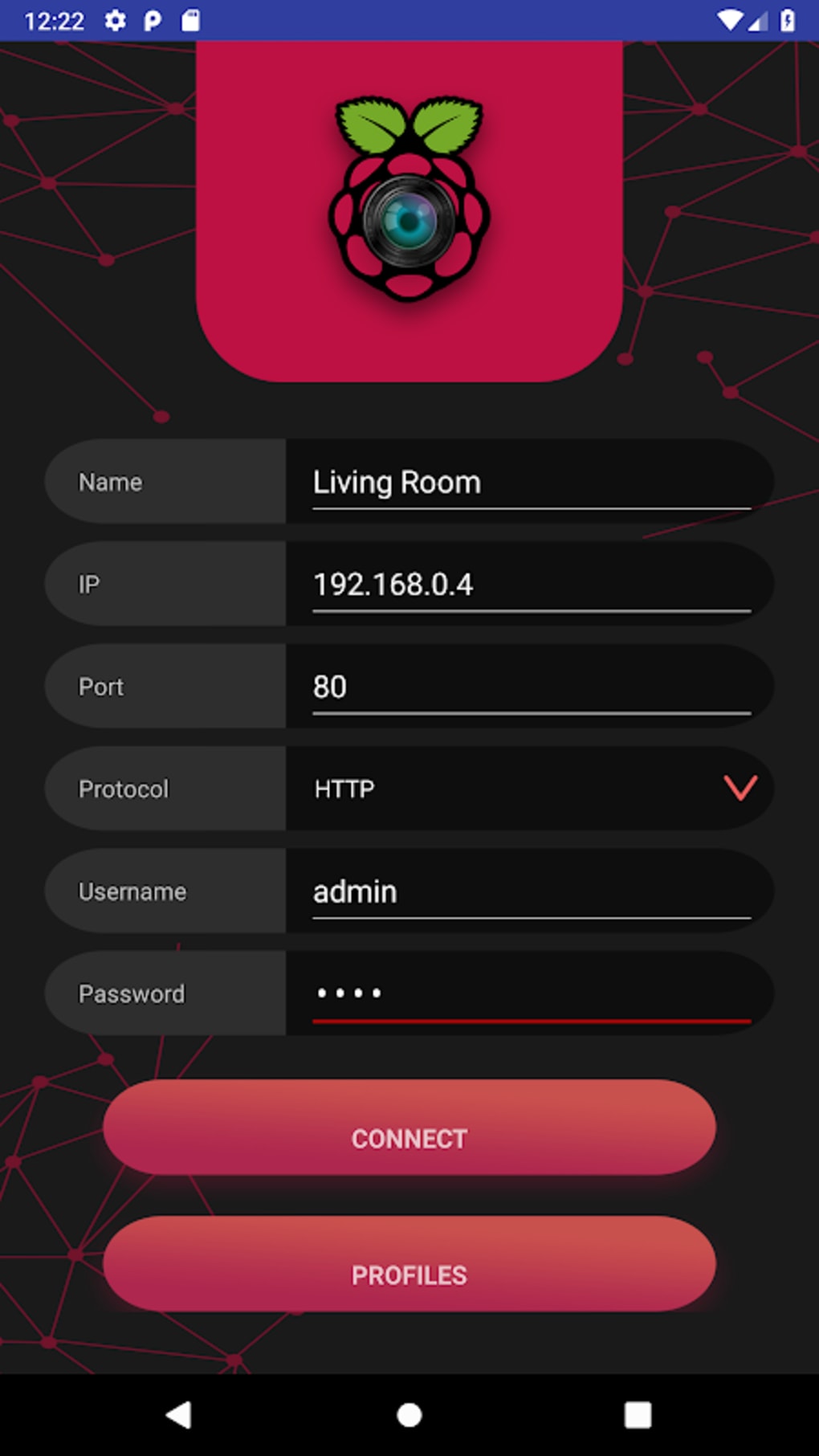When it comes to controlling a Raspberry Pi from afar, many enthusiasts and professionals alike find themselves in need of reliable and secure methods. Whether you're managing servers, automating home systems, or simply tinkering with projects, remote access is indispensable. The Raspberry Pi, with its versatility and compact design, offers numerous ways to achieve this connectivity.
This ultimate guide delves into the safest techniques for remotely accessing your Raspberry Pi, ensuring seamless control no matter where you are. From understanding basic protocols like SSH to exploring advanced solutions such as Raspberry Pi Connect, we'll cover everything you need to know about setting up remote access securely and efficiently.
Understanding Remote Shell Access on Raspberry Pi
Raspberry Pi Connect has recently introduced support for remote shell access, offering functionality akin to SSH but without exposing your device directly to the internet. This method provides users with a secure way to manage their Raspberry Pi devices from any location, enhancing both convenience and security.
Remote shell access operates by establishing a connection between your local machine and the Raspberry Pi through an encrypted channel. Unlike traditional SSH, which requires port forwarding or direct exposure to the web, this new approach simplifies setup while maintaining robust encryption standards. Users benefit from easier configuration and reduced risk of unauthorized access.
By leveraging modern authentication mechanisms, remote shell access ensures that only authorized individuals can interact with your Raspberry Pi. This makes it ideal for applications requiring high levels of security, such as industrial automation or personal data management systems.
Connecting Your PLC Network Through Raspberry Pi
For those working with programmable logic controllers (PLCs), integrating them into a home network via a Raspberry Pi presents unique opportunities. By connecting your PLC to a Raspberry Pi within a local area network (LAN), you gain the ability to monitor and control these devices remotely.
The process involves configuring the Raspberry Pi as a bridge between the PLC's internal network and your external home network. This setup typically requires installing specific software packages on the Raspberry Pi to facilitate communication between different network protocols used by the PLC and standard networking equipment.
Once configured, users can access their PLCs through familiar interfaces like web browsers or dedicated client applications, streamlining operations and reducing maintenance overheads significantly. Additionally, this integration opens possibilities for implementing IoT solutions that enhance overall system efficiency.
Using Raspberry Pi as a Networked KVM Unit
A Raspberry Pi can function effectively as a networked keyboard, video, and mouse (KVM) unit, enabling users to control remote computers over the internet. In this role, the Raspberry Pi captures display outputs from target machines and transmits them back to user terminals, allowing full interaction without physical presence.
To set up such a system, one must first establish stable connections between the Raspberry Pi and intended hosts using appropriate cabling or wireless links. Software tools then enable capturing screen content and relaying input commands across networks securely. Popular choices include VNC Viewer for graphical sessions and SSH for terminal-based interactions.
This application finds utility in various scenarios ranging from IT administration tasks performed offsite to educational setups where multiple students require simultaneous access to shared resources. Moreover, employing open-source technologies keeps costs low while providing flexibility in customization according to specific needs.
Securely Accessing Raspberry Pi Outside Local Networks
Accessing a Raspberry Pi outside its native LAN necessitates careful planning to ensure both accessibility and protection against potential threats. Traditional approaches involve configuring routers for port forwarding combined with dynamic DNS services; however, newer solutions offer simpler alternatives.
One effective method utilizes reverse SSH tunnels, wherein the Raspberry Pi initiates outgoing connections towards trusted intermediary servers acting as gateways. These tunnels create secure pathways through which incoming requests may pass safely without exposing internal networks unnecessarily. Another option includes utilizing specialized apps designed specifically for facilitating remote logins conveniently.
Regardless of chosen strategy, prioritizing strong passwords alongside two-factor authentication adds layers of defense against unauthorized intrusions. Regular updates also play crucial roles in patching vulnerabilities promptly, thereby safeguarding sensitive information stored within connected devices.
Exploring Three Methods of Raspberry Pi Remote Access
DroneBot Workshop highlights three primary methods available for achieving secure remote access to Raspberry Pis: Secure Shell (SSH), Virtual Network Computing (VNC), and Raspberry Pi Connect. Each technique caters to varying requirements depending upon desired functionalities and operational environments.
SSH remains popular due to its simplicity and reliability, allowing command-line interactions over encrypted channels. Meanwhile, VNC extends capabilities further by supporting graphical desktop experiences complete with mouse movements and real-time visual feedback. Lastly, Raspberry Pi Connect introduces browser-based accessibility without needing additional installations beyond activating relevant settings.
Selecting among these options depends largely on individual preferences regarding ease-of-use versus feature richness. Regardless of choice, adhering to best practices concerning cybersecurity remains paramount throughout implementations to protect valuable assets adequately.
Building Reliable Remote Access Solutions for Hubitat
As interest grows around smart home platforms like Hubitat, so does demand for dependable remote access solutions capable of bridging gaps caused by geographical separation. Leveraging a Raspberry Pi equipped with virtual private network (VPN) capabilities represents one promising avenue worth exploring.
Setting up a VPN server on a Raspberry Pi entails selecting suitable software suites followed by meticulous configurations tailored to meet specific project demands. Once operational, this arrangement permits secure communications between distant endpoints regardless of intervening firewalls or NAT barriers typically encountered during travels.
Such infrastructure not only facilitates ongoing monitoring and adjustments of automated processes but also supports troubleshooting efforts whenever issues arise unexpectedly. Furthermore, coupling Raspberry Pi-based VPNs with cloud storage services enhances backup strategies essential for preserving critical configurations amidst unforeseen disruptions.

